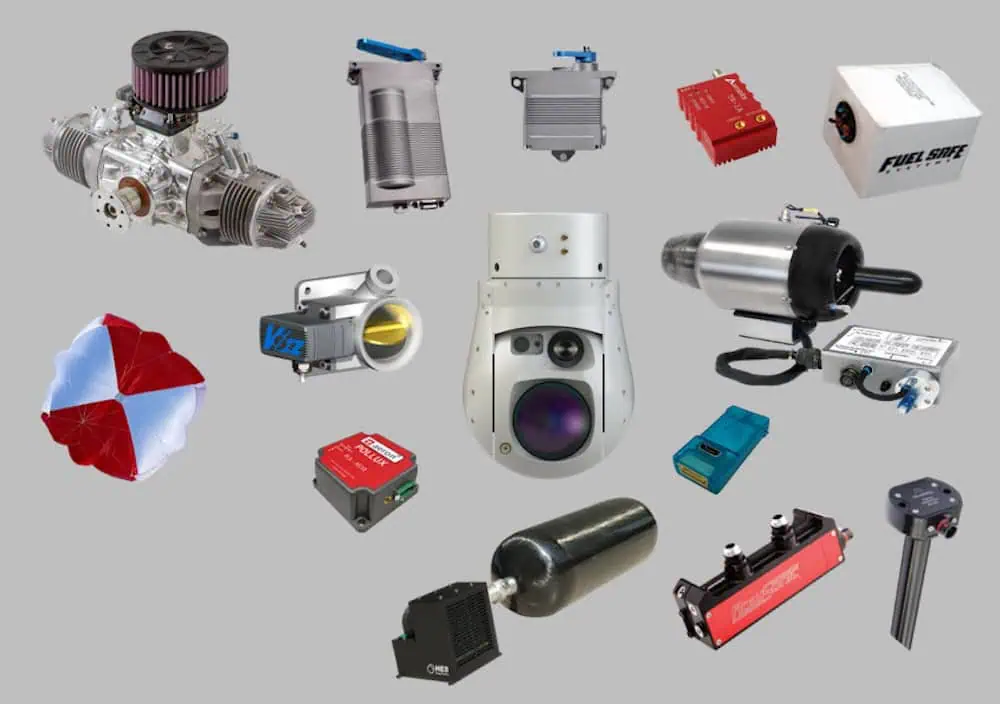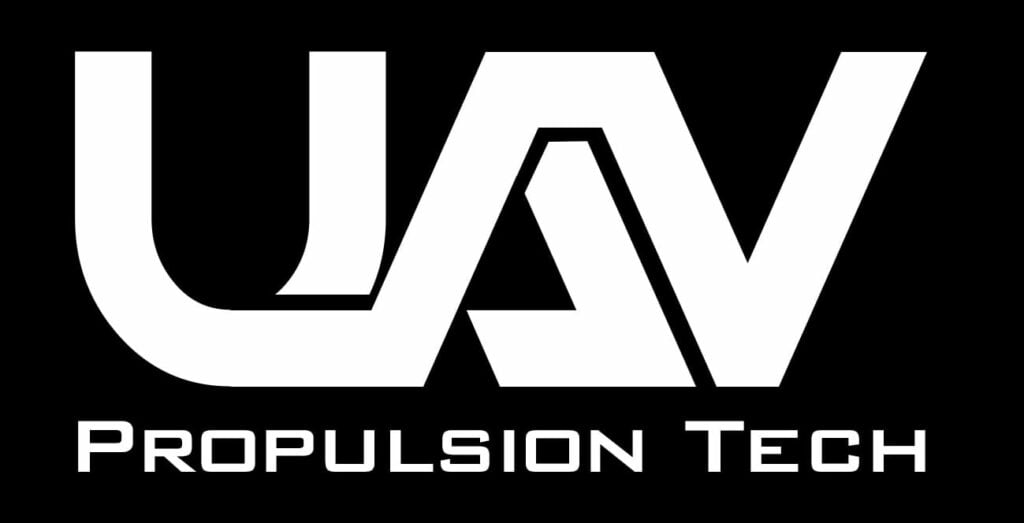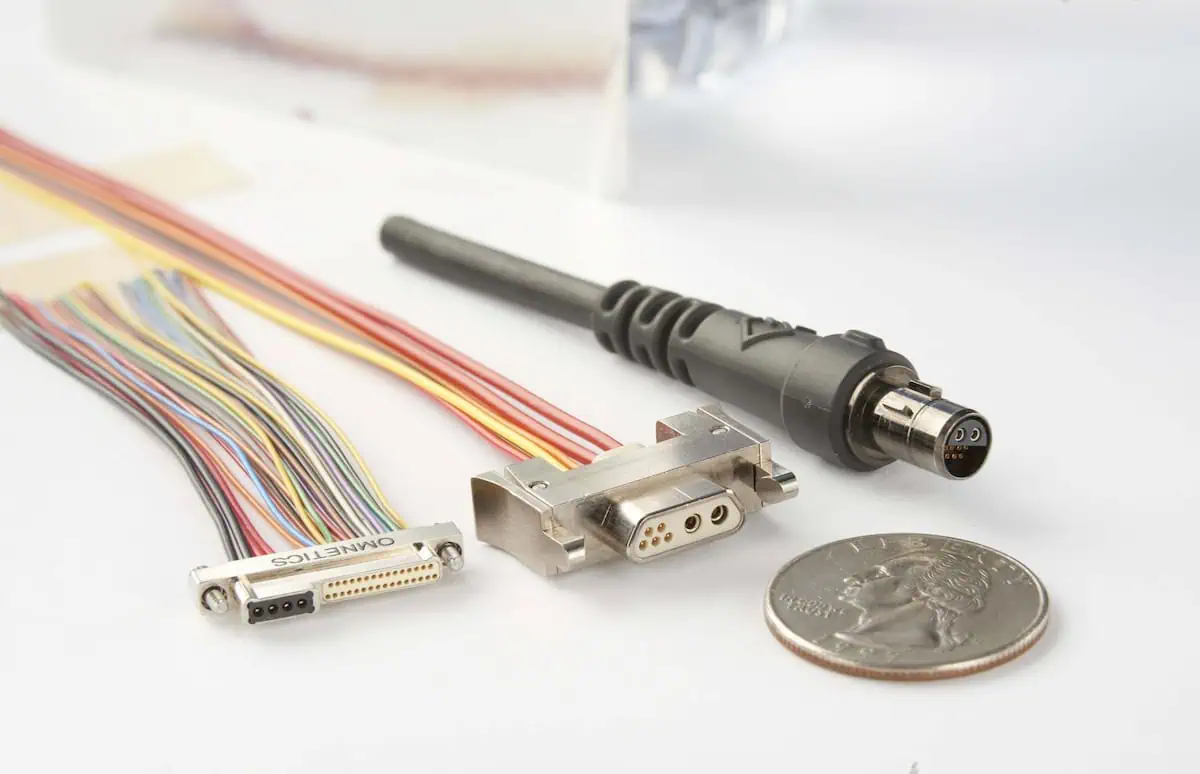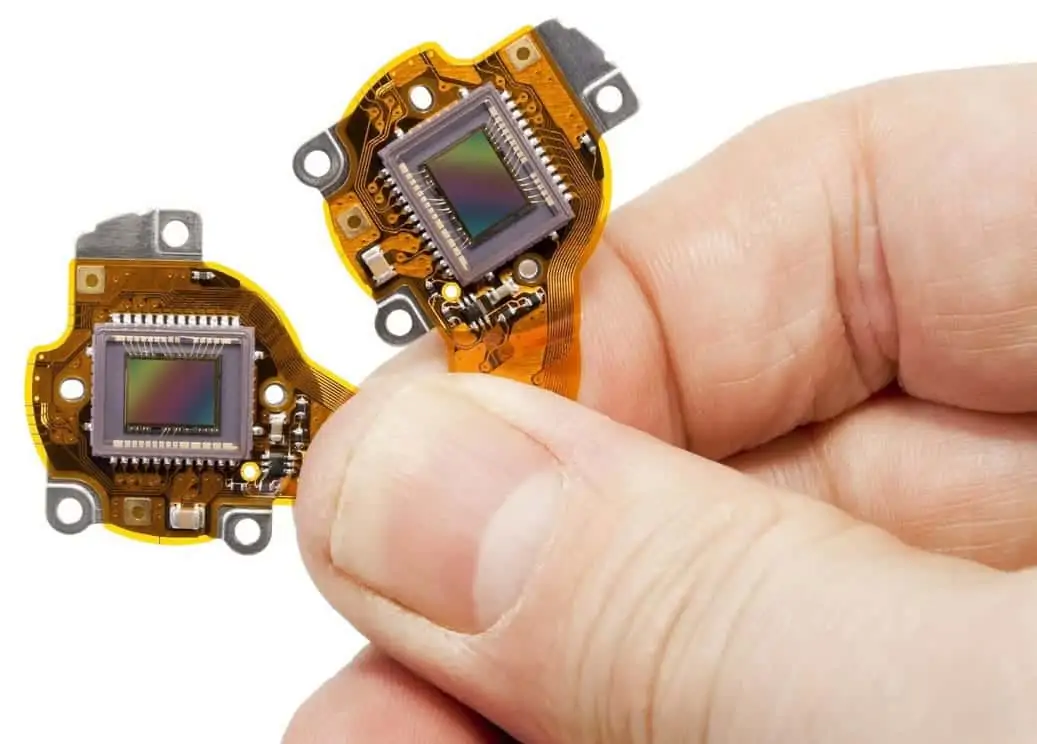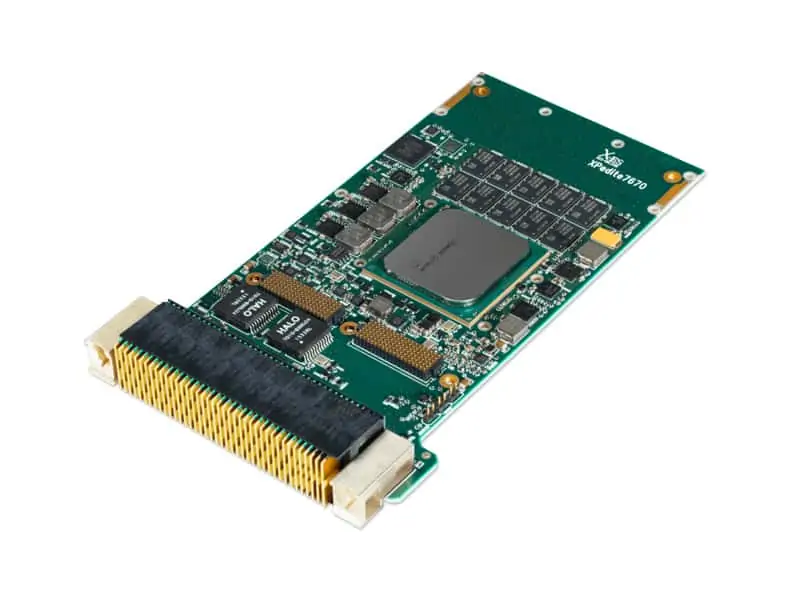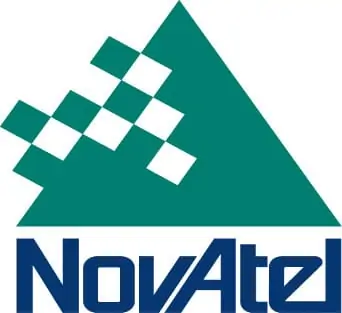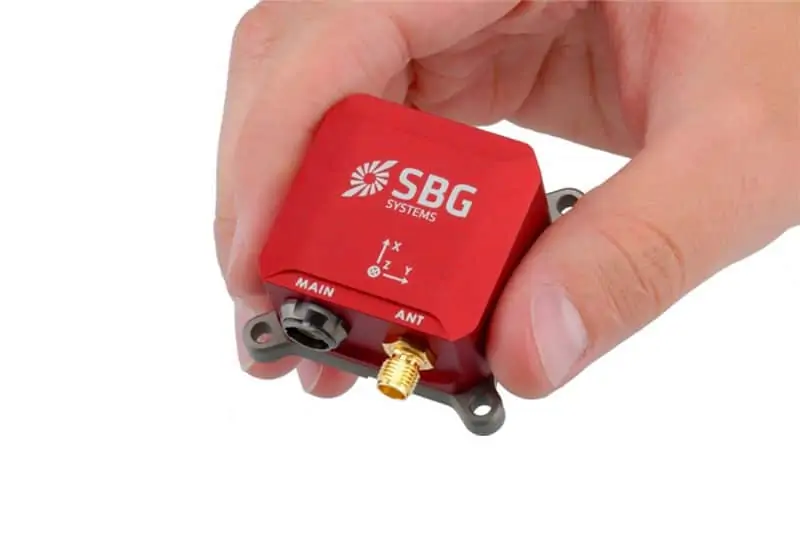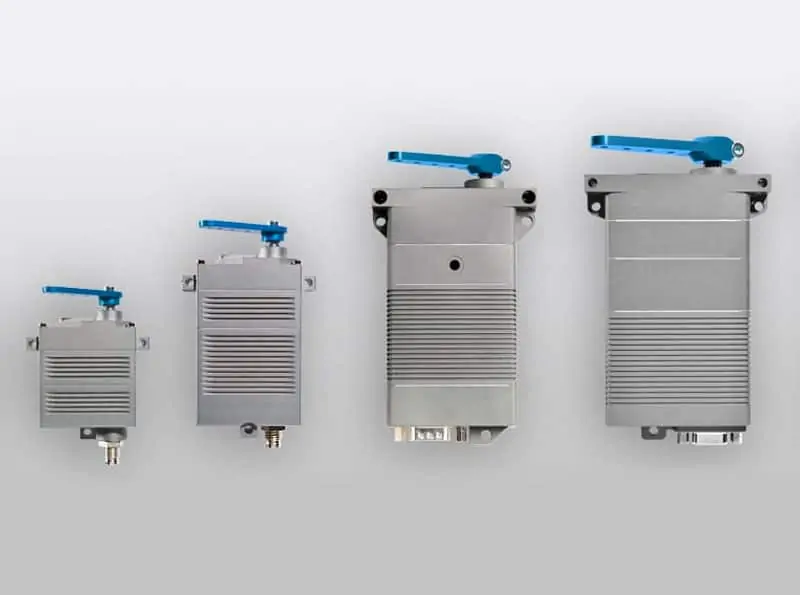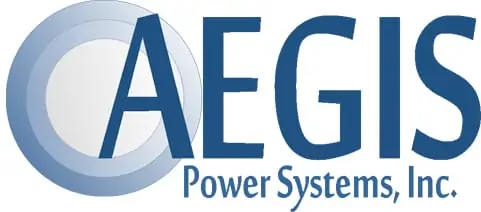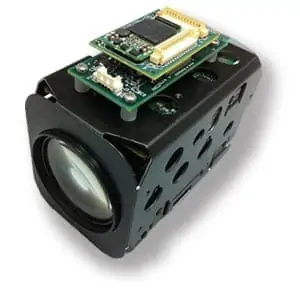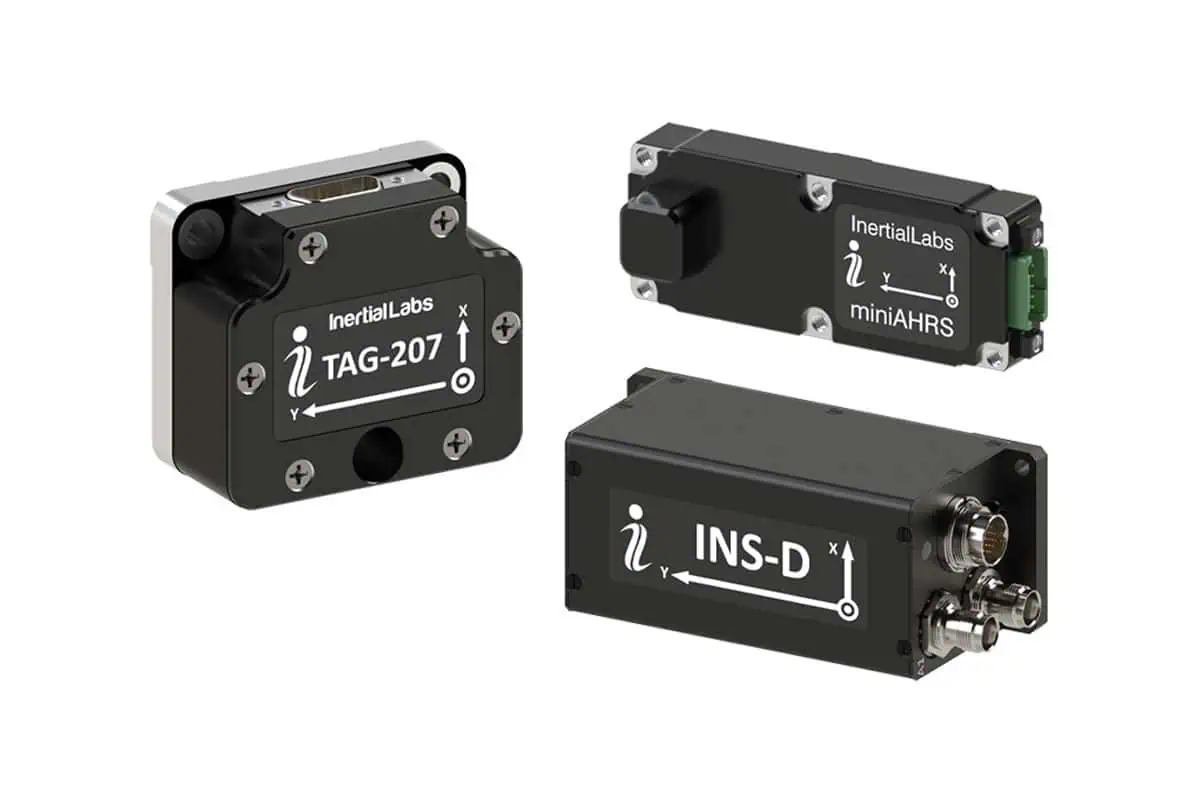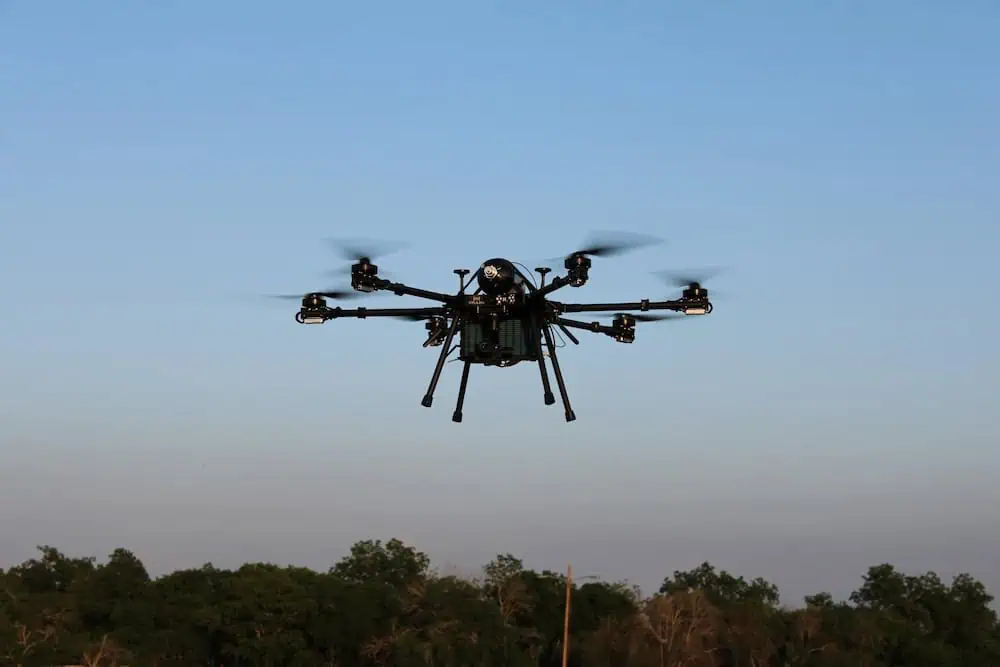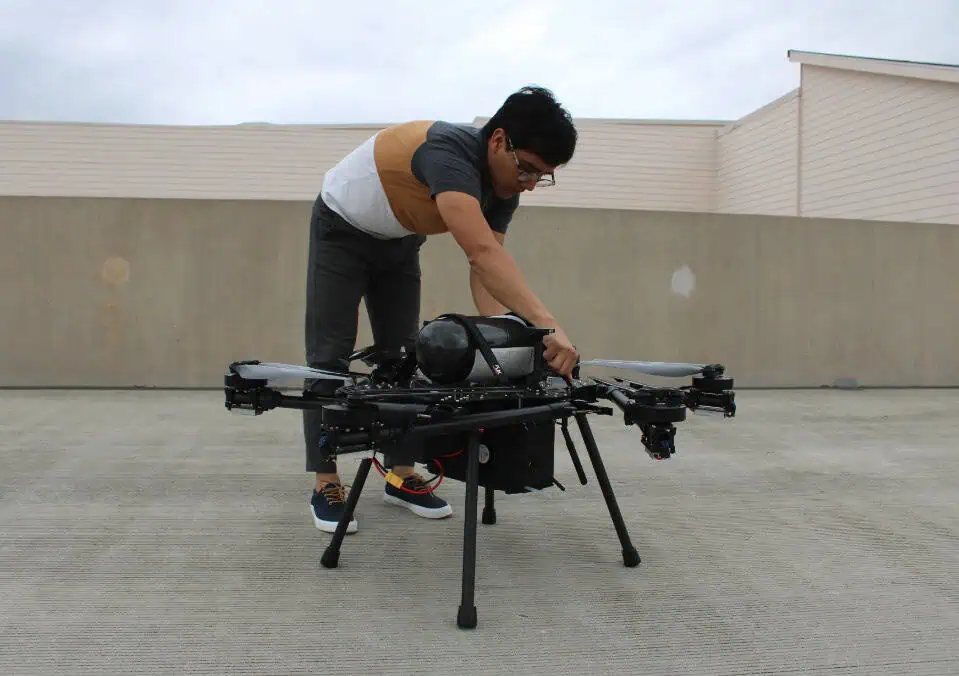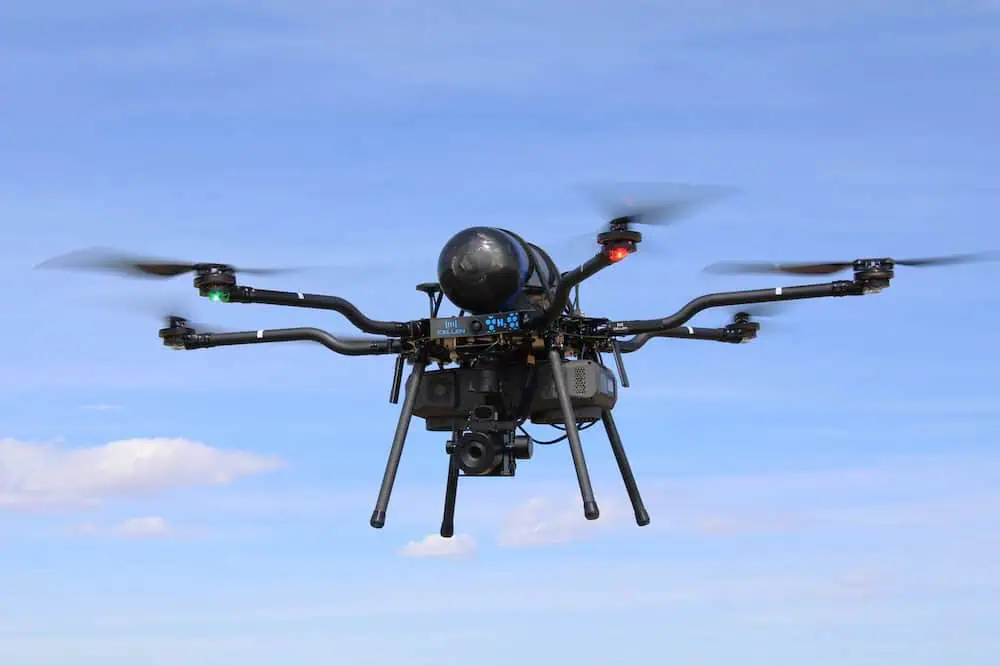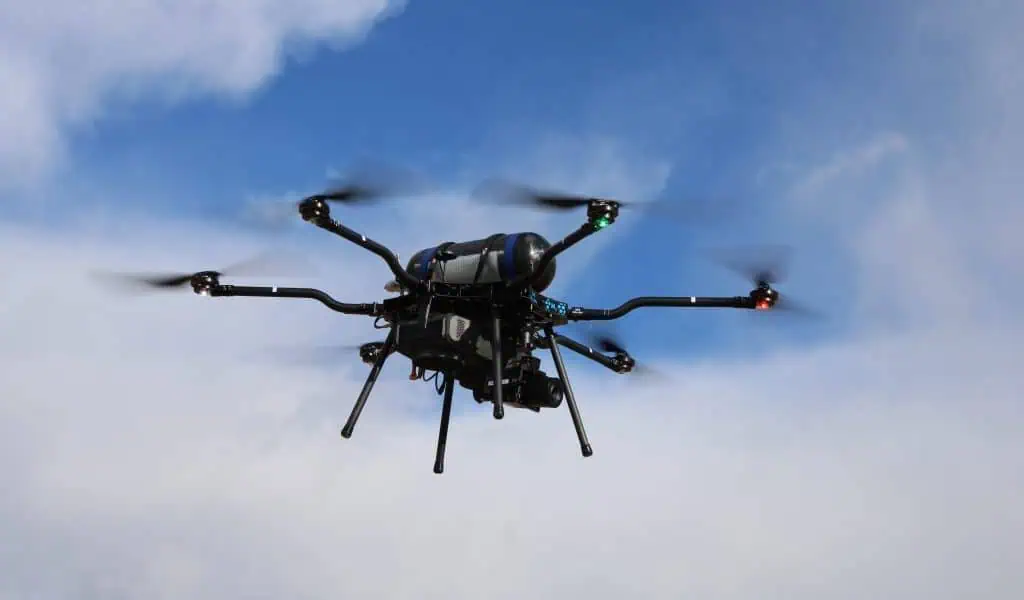
Cellen’s hydrogen-powered drone solutions are reshaping commercial UAV operations, with the H2‑6 long-endurance drone running on a fuel cell that converts hydrogen into electricity with zero emissions and minimal noise.
Conventional drones still rely heavily on lithium-based batteries, which restrict mission duration and require frequent swapping and recharging. For operators on tight schedules or working in remote areas, this creates serious constraints.
Cellen addresses this problem with a fuel cell-powered approach that significantly extends flight time, reduces downtime, and supports critical missions more effectively.
How Hydrogen Fuel Cells Deliver Clean & Efficient Power
Fuel cell propulsion is significantly enhancing drone performance. In hydrogen-electric systems such as the H2‑6, the fuel cell serves as the engine. It generates electricity by combining hydrogen with oxygen in a chemical process that produces only water vapor as a byproduct.
- Zero-emission output: Unlike gasoline or diesel-powered engines, hydrogen fuel cells release no harmful emissions and operate with significantly reduced noise.
- Ideal for sensitive environments: The quiet, low-vibration operation of these power systems makes them suitable for inspection, monitoring, and surveying in areas where minimal disruption is critical.
The Science Behind Hydrogen Fuel Cells
A hydrogen fuel cell operates through a clean electrochemical reaction.
Hydrogen enters the fuel cell and flows across a catalyst, where it is separated into electrons and protons. Electricity is produced as the electrons travel through an external circuit.
Water vapor forms as the electrons and protons recombine with oxygen on the other side of the cell. This entire process occurs without combustion, enabling a highly efficient energy conversion system with no pollutants.
Cellen’s H2‑6: A Hybrid UAV Built for Performance
The H2‑6 uses a hybrid powertrain that integrates compressed hydrogen, a fuel cell stack, and a lithium polymer (LiPo) battery. Each component plays a vital role in delivering smooth and sustained power during flight.
Hydrogen is stored in lightweight, high-pressure composite tanks. The fuel cell stack converts hydrogen into electricity during flight. A LiPo battery assists with startup and supports peak power demand, while also serving as a backup in emergency situations.
With this configuration, the H2‑6 can remain airborne for over two hours while carrying a payload of up to 2.7 kg (6 lbs). This performance level is difficult to achieve with battery-only or combustion-based systems.
Reliable Energy for Environmentally Sensitive Operations
Hydrogen fuel cells provide more than extended range, enabling low-impact aerial operations in areas where environmental protection is essential.
No Pollutants
The H2‑6 emits only water vapor, making it safe to use near renewable energy installations, conservation zones, or populated regions.
Low-Noise Flight
Fewer moving parts and the absence of combustion lead to quieter operation, beneficial for wildlife observation, scientific surveys, and urban missions.
Simplified Maintenance
Since the fuel cell generates power without internal combustion, it contains no internal moving parts. The drone’s active components are primarily its motors, similar to standard electric UAVs. This reduces wear and simplifies upkeep.
Hydrogen Fuel Cells & the Future of UAV Operations
Fuel cell technology opens new possibilities for long-range drone use. It provides consistent, clean energy that supports more complex missions while minimizing environmental impact. The H2‑6 represents a new class of American-built, NDAA-compliant hydrogen drones that combine endurance with operational responsibility.
Every unit is supported by a comprehensive platform that includes hydrogen refueling infrastructure, payload integration options, and field-ready support systems.
Read the original article >>

